2004
Journal Publication
Philosophical Transactions of the Royal Society of London
Regeneration and the need for simpler model organisms
Alejandro Sánchez Alvarado
The problem of regeneration is fundamentally a problem of tissue homeostasis involving the replacement of cells lost to normal ?wear and tear? (cell turnover), and/or injury. This attribute is of particular significance to organisms possessing relatively long lifespans, as maintenance of all body parts and their functional integration is essential for their survival. Because tissue replacement is broadly distributed among multicellular life-forms, and the molecules and mechanisms controlling cellular differentiation are considered ancient evolutionary inventions, it should be possible to gain key molecular insights about regenerative processes through the study of simpler animals. We have chosen to study and develop the freshwater planarian Schmidtea mediterranea as a model system because it is one of the simplest metazoans possessing tissue homeostasis and regeneration, and because it has become relatively easy to molecularly manipulate this organism. The developmental plasticity and longevity of S. mediterranea is in marked contrast to its better-characterized invertebrate cohorts: the fruitfly Drosophila melanogaster and the roundworm Caenorhabditis elegans, both of which have short lifespans and are poor at regenerating tissues. Therefore, planarians present us with new, experimentally accessible contexts in which to study the molecular actions guiding cell fate restriction, differentiation and patterning, each of which is crucial not only for regeneration to occur, but also for the survival and perpetuation of all multicellular organisms.
[/two-thirds]
Address reprint requests to: Alejandro Sánchez Alvarado


